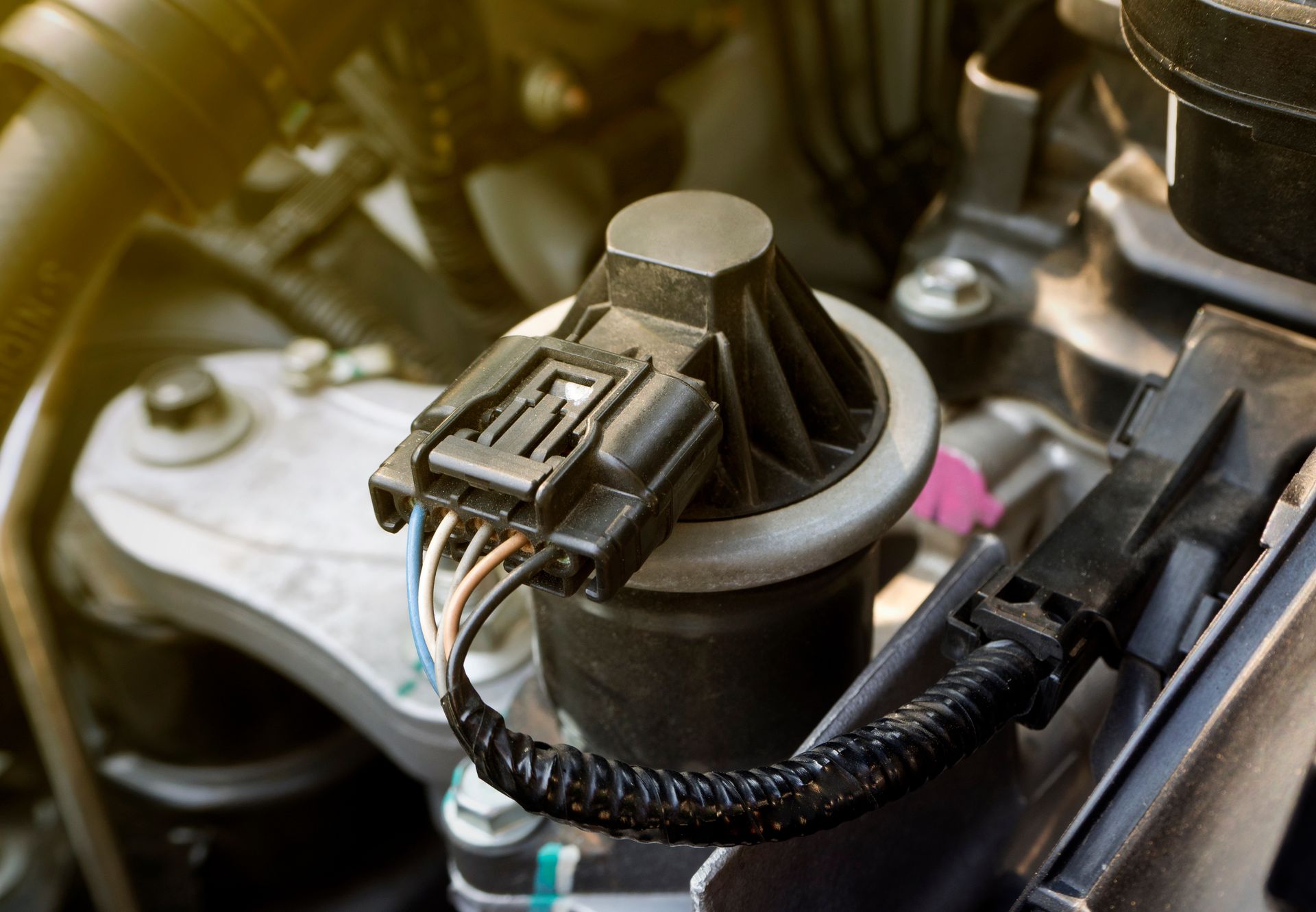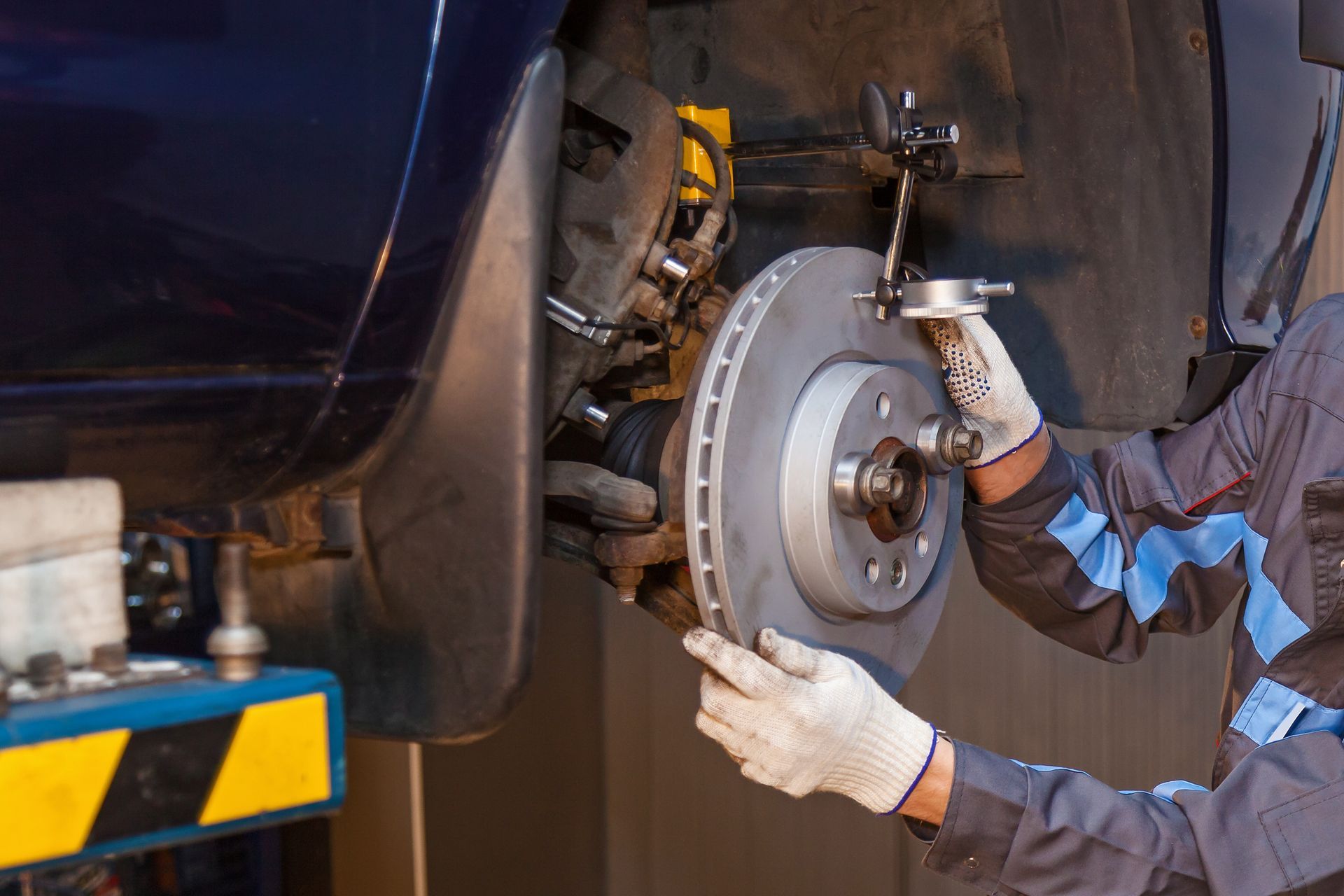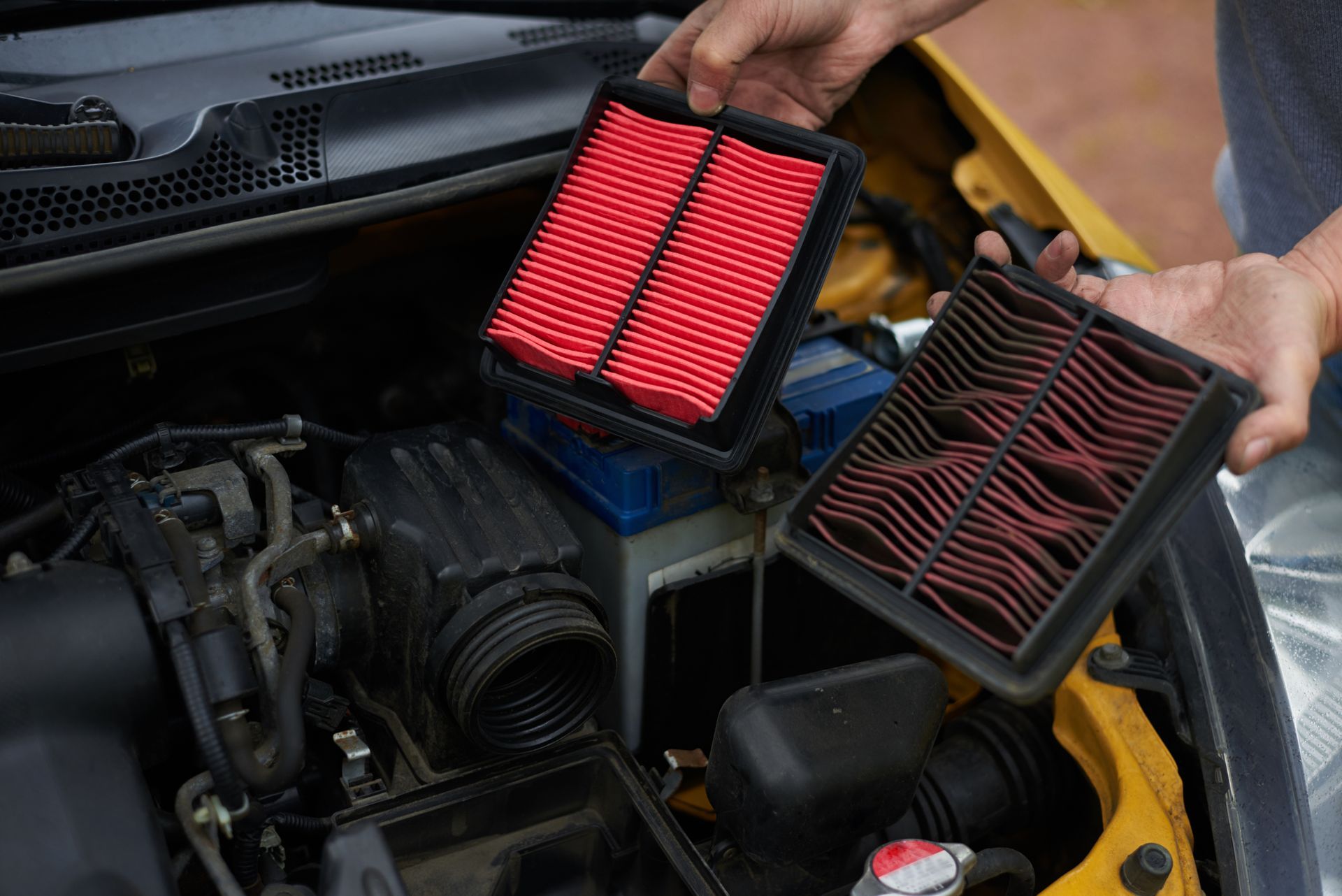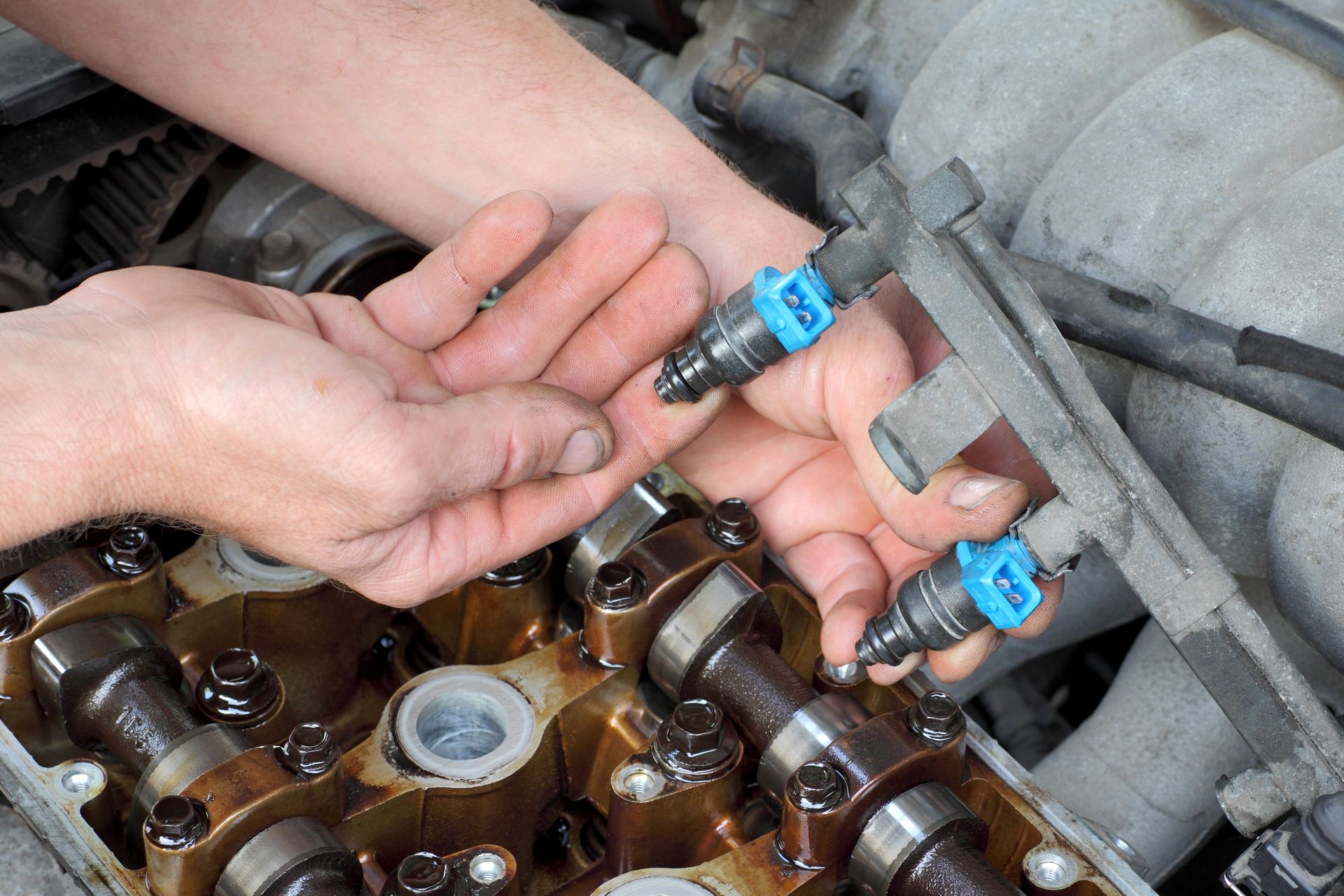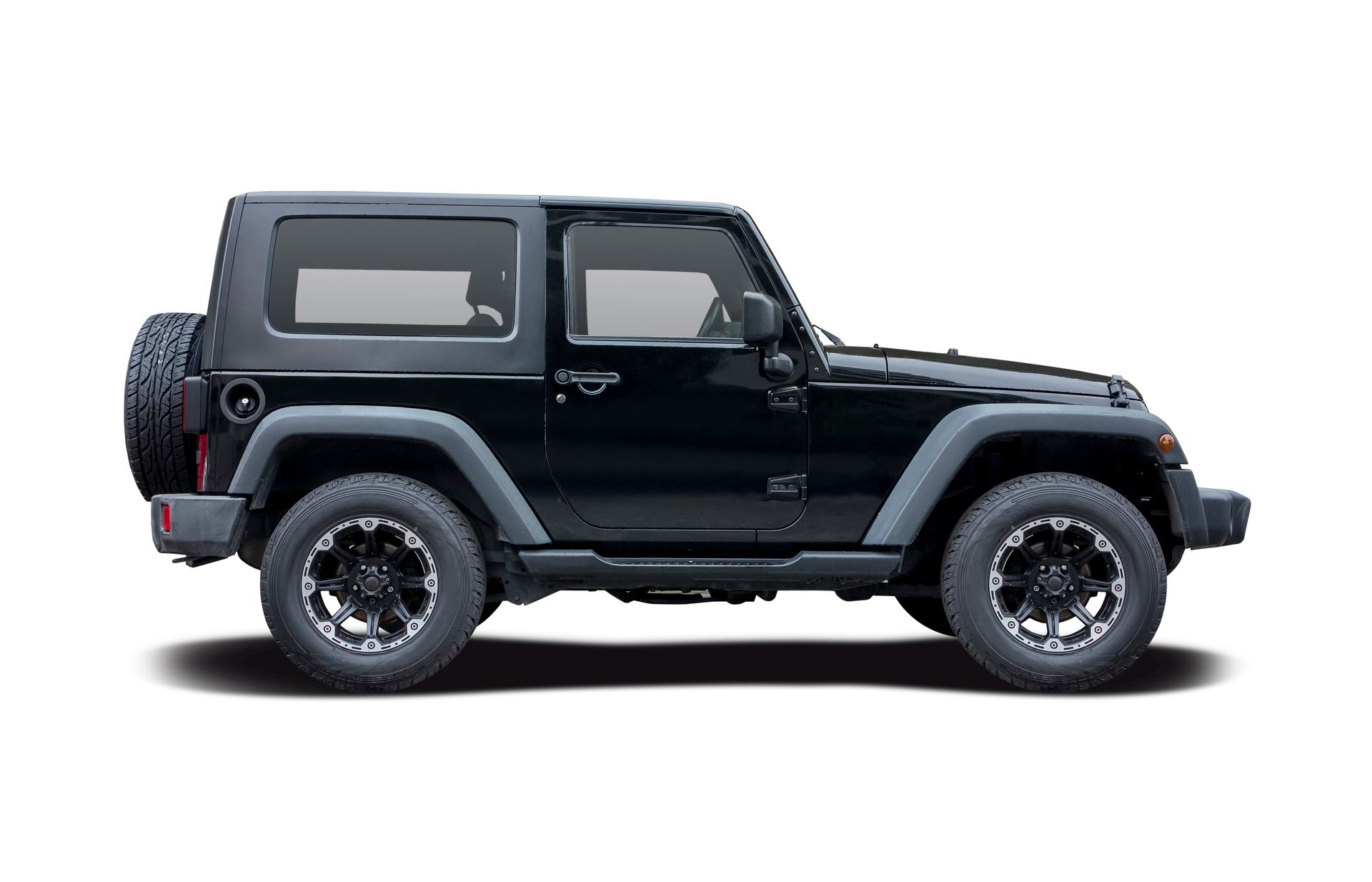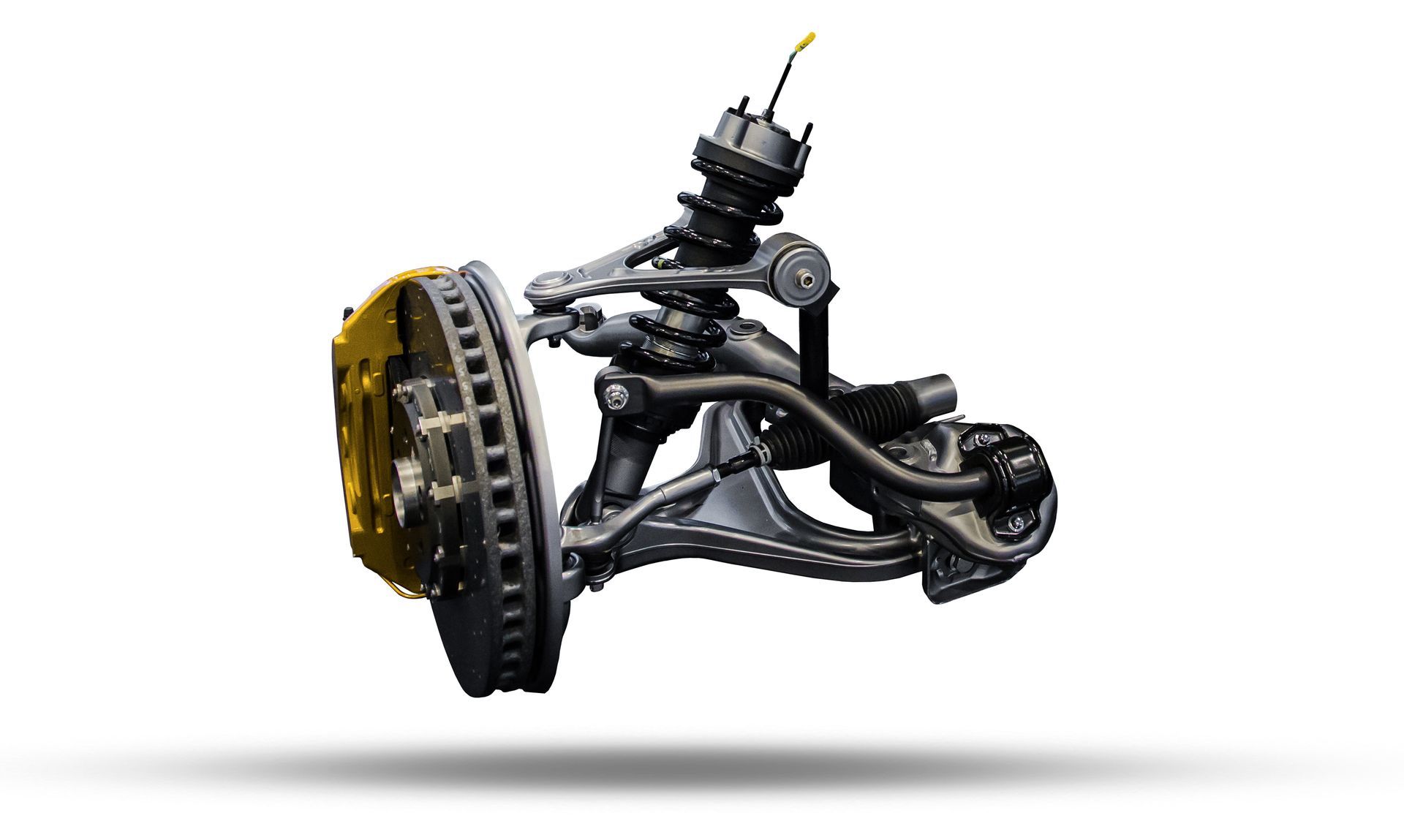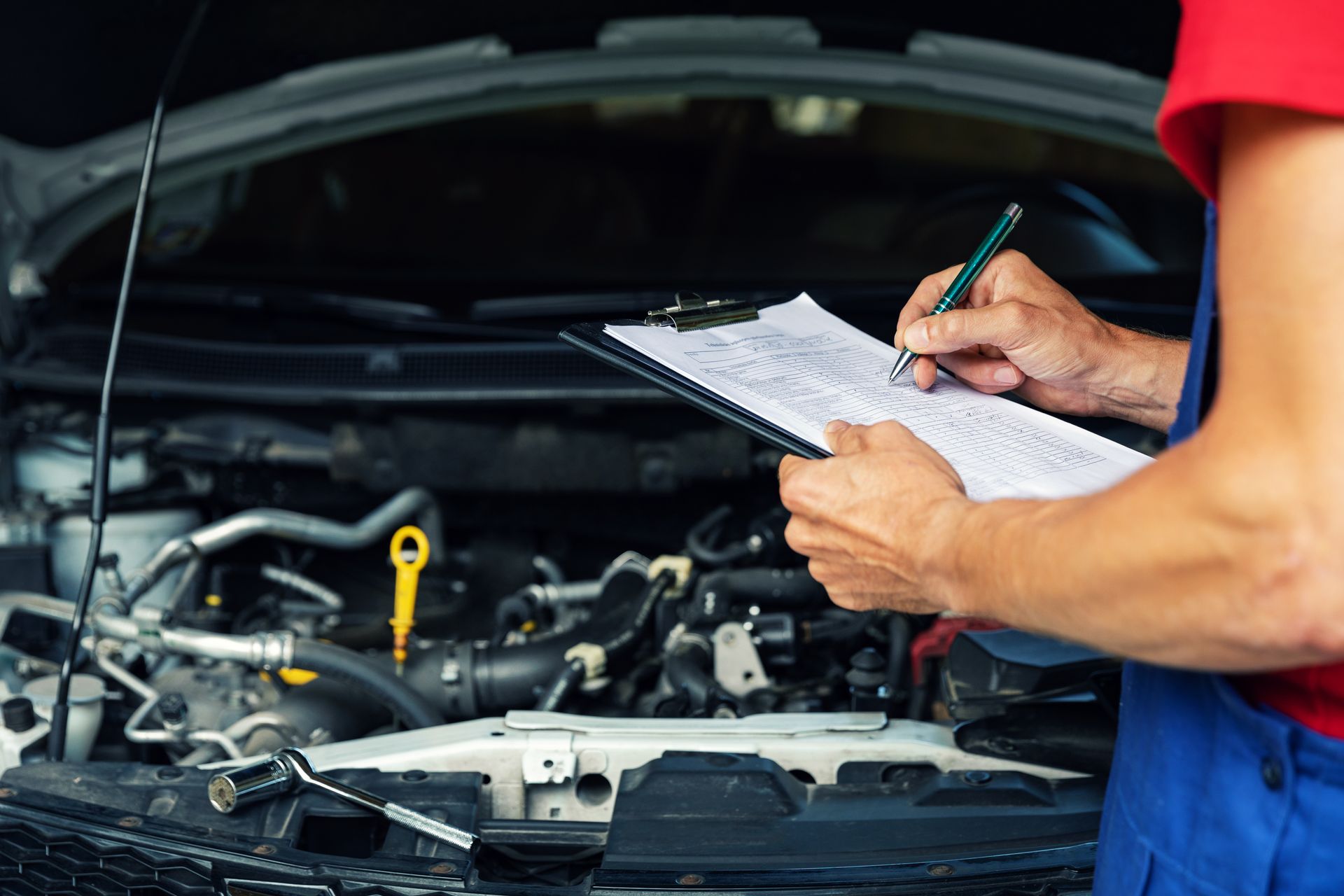Thinking about upgrading your engine for more power? Whether you’re chasing faster acceleration, better throttle response, or just want a car that feels more alive, it’s an exciting project. But before you bolt on a supercharger or swap in a performance camshaft, you need to understand a few key things about what goes into engine upgrades—and what comes with them.
Adding horsepower isn’t just about picking a big number and installing flashy parts. It’s about making sure your engine, transmission, drivetrain, and supporting systems can all work together reliably under added stress.
Know Your Goals Before You Start
The first step in any engine upgrade isn’t under the hood—it’s in your garage with a clear plan. What are you hoping to achieve? More torque for towing? Faster 0–60 times? Track-day performance?
Your answer determines which parts to prioritize. A daily driver looking for a bit more pep will need very different upgrades than a weekend race car. The more specific your goal, the better your build will turn out—and the less money you’ll waste on the wrong parts.
Upgrades also affect your car’s reliability, fuel economy, and emissions. Be clear on what trade-offs you’re willing to make before diving in.
Your Engine Is Part of a Bigger System
Adding power without upgrading supporting systems is like lifting weights with bad form—something’s going to break. If you’re adding 50+ horsepower, your stock clutch, fuel pump, cooling system, and even your transmission may struggle to keep up.
Common supporting upgrades include:
- Fuel system upgrades (injectors, pump, lines)
- Cooling system improvements (larger radiator, oil cooler)
- Stronger drivetrain components (clutch, axles, driveshaft)
- ECU tuning or reprogramming to match your new setup
Even if your current setup handles the extra power for a while, it might not last. A properly upgraded car isn’t just faster—it’s more reliable under pressure.
Bolt-On Power Isn’t Always Plug-and-Play
Performance parts like cold air intakes, exhaust headers, turbochargers, and throttle bodies are often marketed as “easy” ways to get more horsepower. However, real performance gains come from how well those parts work together, not just from the parts themselves.
That’s why tuning is essential. Just installing new parts without adjusting your ECU (engine control unit) can lead to poor fuel delivery, timing issues, or even engine damage. A professional dyno tune ensures everything works in harmony and helps you unlock the real gains from your upgrade.
At Custom Performance Center, we always recommend tuning after major upgrades—not just for performance but to protect your investment.
Watch Your Legal and Warranty Limits
Performance upgrades can affect emissions compliance, inspection readiness, and factory warranties. In some areas, modified exhausts or altered emissions systems are illegal for street use. Installing the wrong parts could cause your car to fail inspection or void certain protections.
It’s worth checking local regulations before going all-in on a build. And if your car is still under warranty, speak with your service advisor about what will and won’t be covered after performance modifications.
Know the Difference Between Power and Usability
More horsepower is fun—but it doesn’t always mean better. A big power boost can make a car harder to drive in daily traffic, less comfortable on long drives, or more expensive to maintain.
In some cases, improving response, torque delivery, and throttle feel is more useful than chasing peak horsepower numbers. Talk with a performance shop that understands balance—like Custom Performance Center—to help you build something powerful and enjoyable to drive every day.
Custom Performance Center – Performance Builds and Engine Upgrades in White Plains, MD
Whether you’re starting with bolt-ons or planning a full engine swap,
Custom Performance Center in White Plains, MD, has the tools, experience, and knowledge to make sure every part of your power upgrade is done right.

